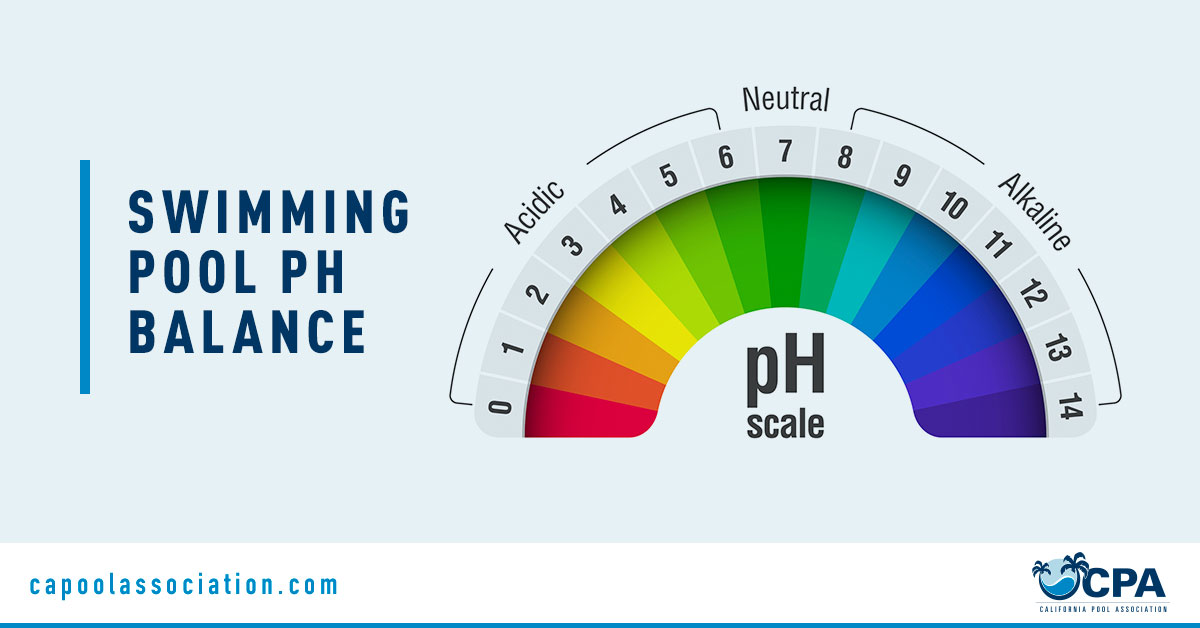Having a pool is a wonderful way to enjoy the outdoors and cool off on hot days. However, maintaining the proper pH levels in your pool is crucial for keeping the water clean, clear, and safe for swimming. In this article, we will discuss the importance of balancing pool pH levels and provide you with some tips on how to do it effectively.

Credit: lesliespool.com
Why is Balancing Pool pH Levels Important?
Pool pH levels refer to the acidity or alkalinity of the water. The pH scale ranges from 0 to 14, with 7 being neutral. A pH level below 7 is acidic, while a pH level above 7 is alkaline. The ideal pH level for a pool is between 7.2 and 7.6. Maintaining this balance is crucial for several reasons:
- Proper pH levels ensure that pool chemicals work effectively to sanitize the water.
- Balanced pH levels help prevent skin and eye irritation in swimmers.
- Optimal pH levels protect pool equipment from corrosion and damage.
- Correct pH levels help maintain water clarity and prevent algae growth.
How to Test Pool pH Levels
Before you can balance the pH levels in your pool, you need to test the water to determine its current pH level. You can use a pool water testing kit, which is available at most pool supply stores. Follow the instructions provided with the kit to obtain an accurate pH reading.
Methods to Balance Pool pH Levels
Once you have tested your pool water and determined that the pH levels are off, there are several methods you can use to bring them back into the ideal range:
1. Ph Increaser
If your pool water is too acidic (pH below 7.2), you can use a pH increaser to raise the pH level. Follow the manufacturer’s instructions for the proper dosage based on your pool size.
2. Ph Reducer
If your pool water is too alkaline (pH above 7.6), you can use a pH reducer to lower the pH level. Again, follow the manufacturer’s instructions for the correct dosage.
3. Baking Soda
Baking soda can also be used to raise pH levels in a pool. It is a safer and more natural alternative to chemical pH increasers. Add small amounts of baking soda to the water and retest until the pH is within the desired range.
4. Muriatic Acid
Muriatic acid is commonly used to lower pH levels in pools. Be cautious when handling muriatic acid, as it is a strong chemical. Add small amounts at a time and allow the water to circulate before retesting the pH.
Additional Tips for Balancing Pool pH Levels
In addition to the methods mentioned above, here are some extra tips to help you maintain the proper pH balance in your pool:
- Test your pool water regularly, at least once a week, to ensure pH levels are within the ideal range.
- Keep your pool water well-circulated by running the pump and filter regularly.
- Monitor other factors that can affect pH levels, such as rainfall, temperature, and the number of swimmers.
- Consider using a pool cover to prevent debris and contaminants from entering the water, which can affect pH levels.
- Seek professional help if you are unsure how to balance your pool’s pH levels effectively.

Credit: capoolassociation.com
Conclusion
Keeping your pool’s pH levels balanced is essential for the health and longevity of your pool. By testing the water regularly, using the appropriate chemicals or natural alternatives, and following the tips mentioned in this article, you can ensure that your pool remains clean, clear, and safe for swimming all season long.
Remember, a well-maintained pool is a source of enjoyment for you, your family, and friends, so invest the time and effort in balancing your pool’s pH levels for a summer of fun in the sun!




